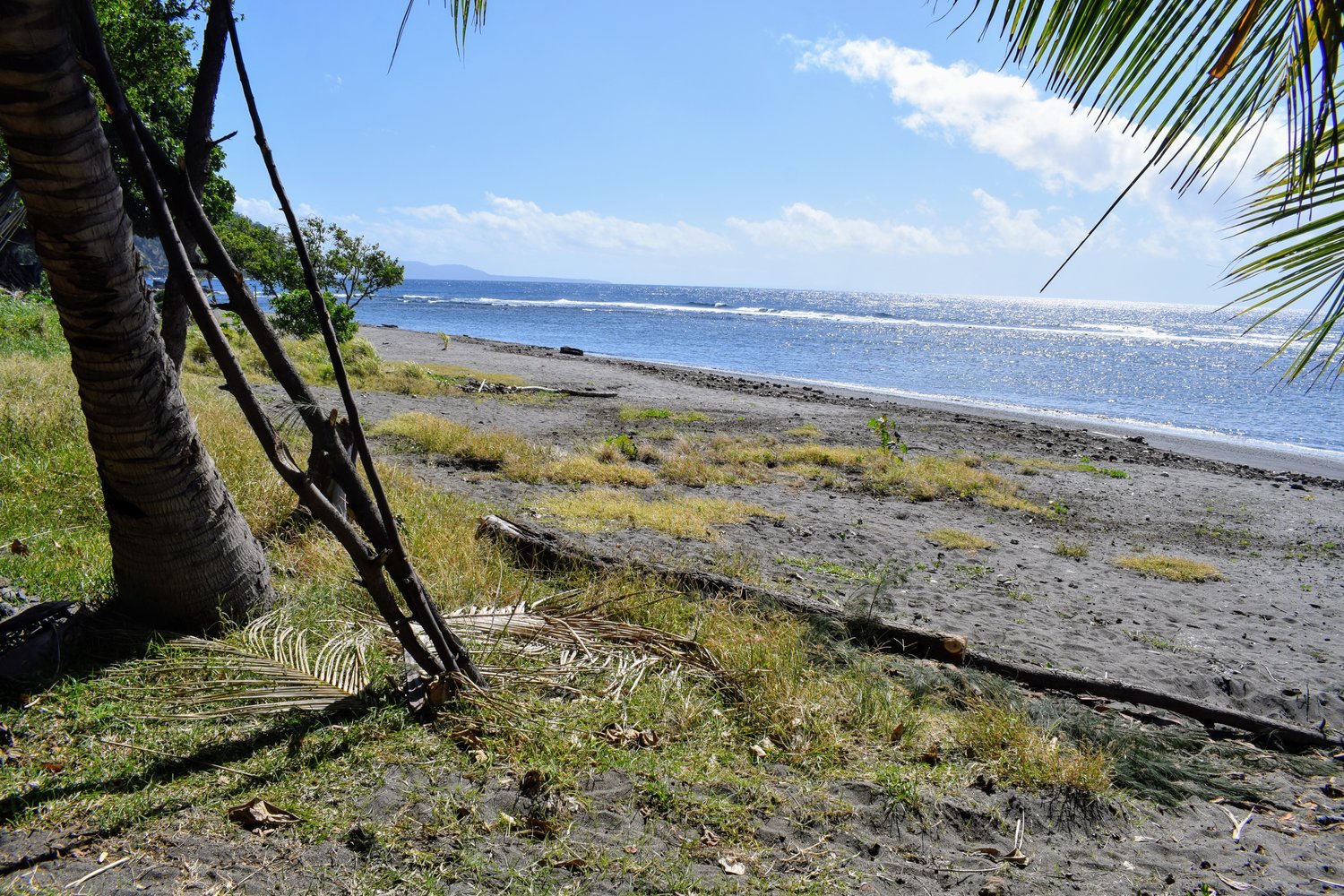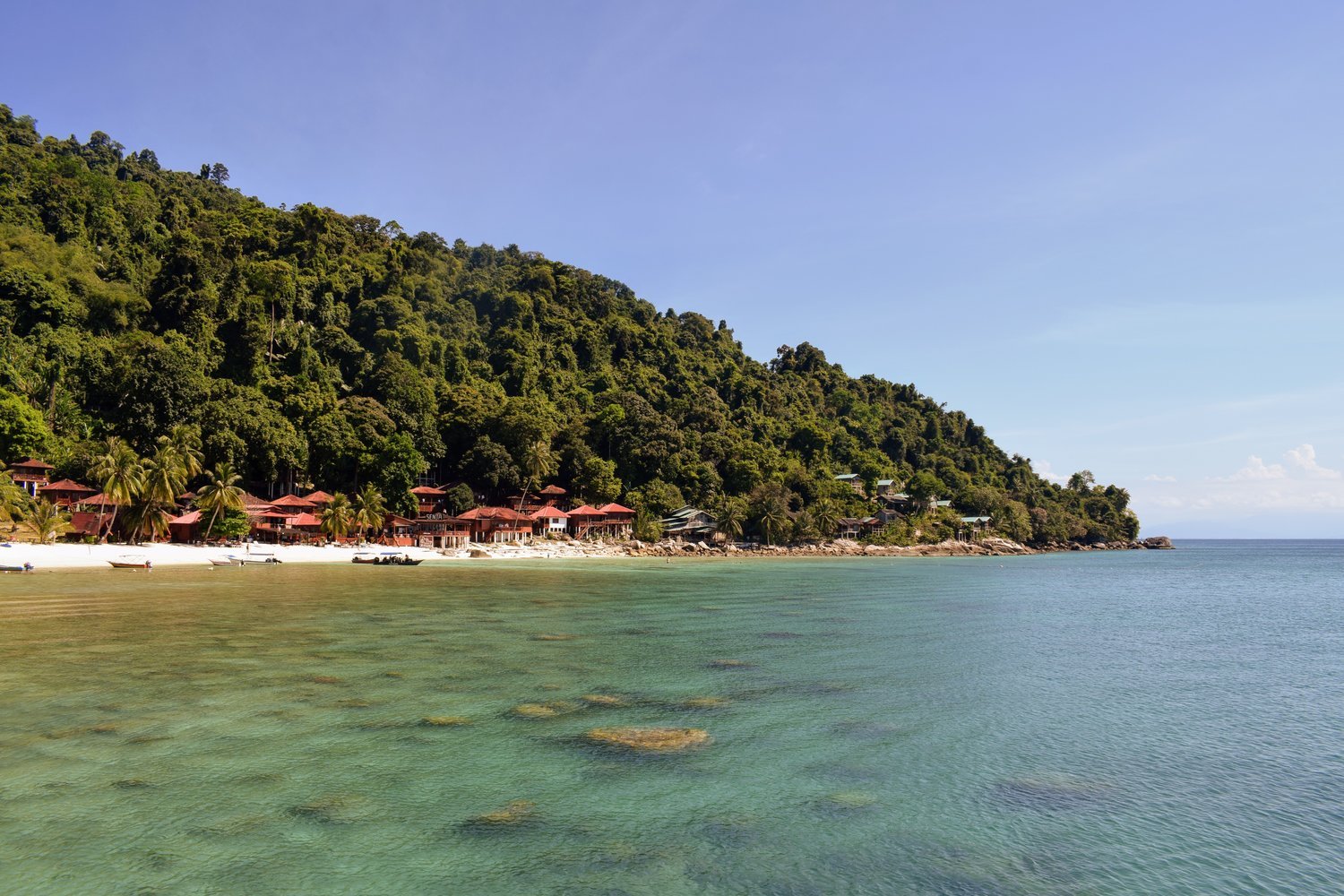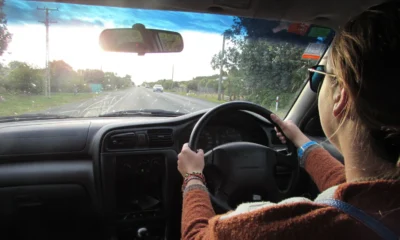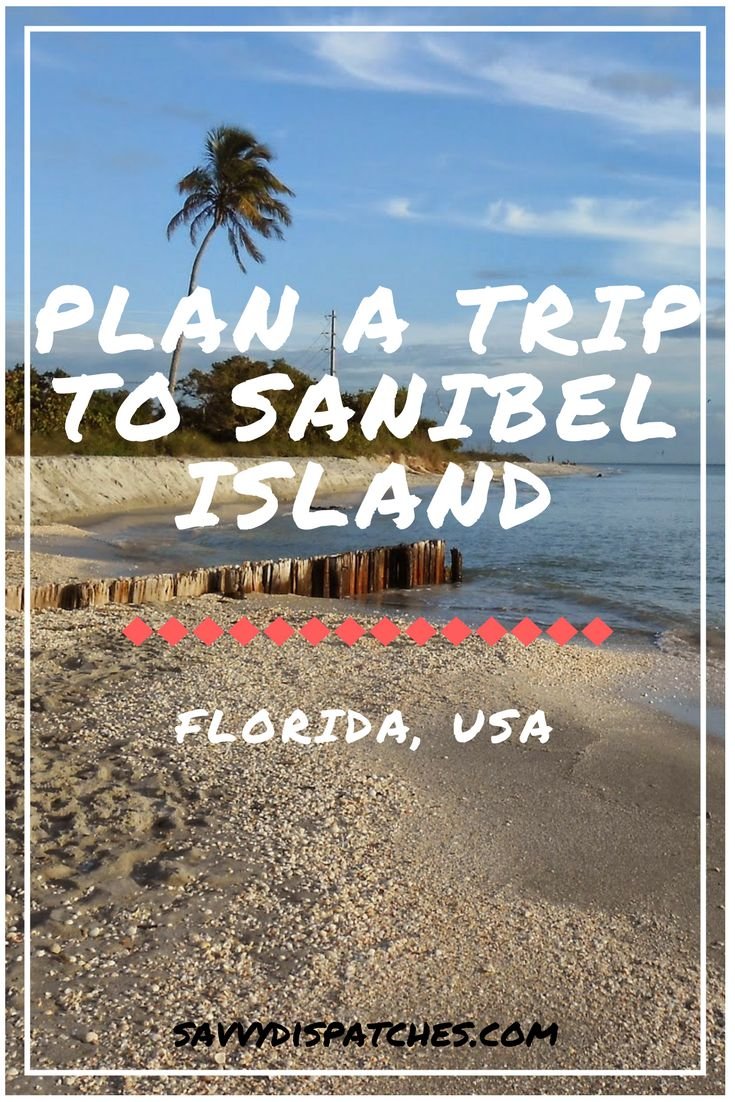Blog
Penguins on New Zealand’s South Island: A Wildlife Haven
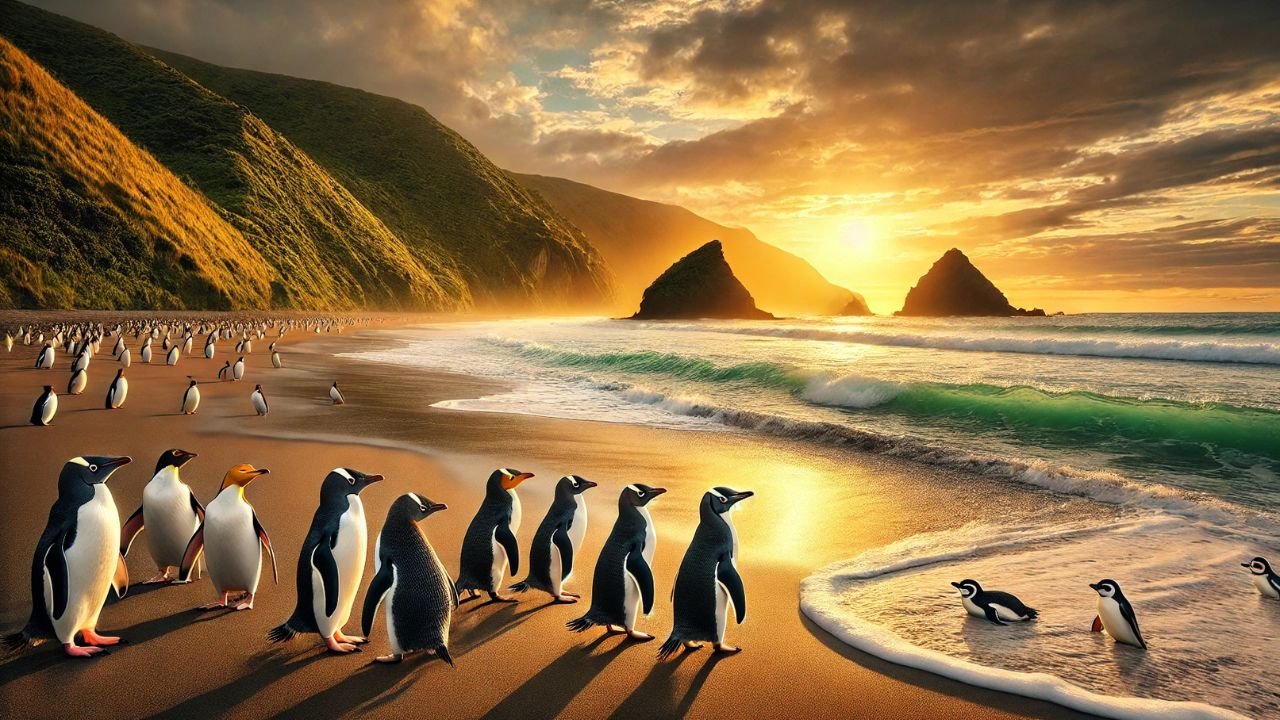
Renowned for its stunning scenery, varied ecosystems, and amazing species, New Zealand’s South Island Penguins, which live in several coastal areas all around the island, are among its most intriguing residents. These lovely seabirds draw nature lovers and photographers ready to capture their fascinating activities. The area is a great place for penguin enthusiasts since several species, including the rare yellow-eyed penguin and the small blue penguin, can be seen in different sites.
Penguin Species Found on South Island
Different penguin species call the South Island of New Zealand home; each has unique traits and habits. The various shoreline of the island offers perfect habitat for these amazing birds to produce their offspring.
Yellow-Eyed Penguin (Hoiho)
Known locally as hoiho, the yellow-eyed penguin is among the most recognisable penguin species seen in South Island. Being among the rarest penguins in the world, this species makes sightings very important. Yellow-eyed penguins, unlike other penguin species that build big colonies, are recognised for their inclination for isolation and nesting in remote coastal woods and scrublands.
Their pale yellow eyes and unique yellow band extending from their eyes to the rear of their heads help one to identify these Penguins on New Zealand’s South Island quickly. Foraging in the cool seas around the island, they mostly eat small fish and squid. Unfortunately, habitat destruction, climate change, and imported predators have drastically affected their population; so, survival of them depends on conservation initiatives.
Little Blue Penguin (Kororā)
Among the smallest penguin species worldwide is the little blue penguin, sometimes known as kororā. Rising slightly over 25 cm tall, these penguins are well-known for their adorable waddling motions and rich blue feathers. Unlike the yellow-eyed penguin, they usually build big colonies and nest in burrows or under vegetation along the coast.
These nocturnal birds spend their days at sea then come back to land under cover of darkness to evade predators. Their diet consists mostly of squid, crabs, and tiny fish, which they hunt remarkably deftly underwater. Many sites across South Island offer great chances to see these lovely birds returning to land in the evenings.
Fiordland Crested Penguin (Tawaki)
Another amazing species with bright yellow eyebrows and shaggy crest is the Fiordland crested penguin, or tawaki. Mostly living on the rocky, far-off shores of Fiordland and the nearby regions, these penguins are among the rarest crested penguins.
Given their inclination for deep forested habitats, tawaki are more secretive and difficult to find than the other two species. Their breeding under tree roots or in secret caverns makes conservation efforts challenging. To guarantee their long-term existence, though, committed researchers and environmentalists keep track of their numbers.
Best Places to See Penguins on South Island
The South Island of New Zealand provides numerous ideal sites where guests may see penguins in their natural environment. Thanks to conservation initiatives, ethical travel options are guaranteed and visitors may see these amazing birds without interfering with their natural activities.
Otago Peninsula
One of the greatest sites to see yellow-eyed penguins is the Otago Peninsula close to Dunedin. Many nature reserves and guided trips give chances to see these uncommon birds while guaranteeing little damage of their habitat. The Penguin Place conservation reserve provides an educational opportunity whereby guests may learn about conservation projects targeted at safeguarding these special penguins.
Oamaru Blue Penguin Colony
Oamaru is well known for its active tiny blue penguin colony. The Oamaru Blue Penguin Colony offers an amazing chance to see these small penguins come back after daily fishing trips. Educational presentations and special viewing platforms guarantee that guests understand their behaviours and conservation issues.
Stewart Island and Ulva Island
Stewart Island and Ulva Island, off the southern coast of South Island, are great places to observe penguins. Both yellow-eyed and Fiordland crested penguins find refuge in the wild and untouched settings. The low predator numbers of the islands allow penguins to breed and raise their young free from more intervention from alien species.
Milford Sound and Fiordland National Park
Milford Sound and Fiordland National Park are the ideal places for someone looking to see the elusive Fiordland crested penguin. These places are hard to reach and usually call either guided treks or boat trips. Still, the work is well rewarded with stunning surroundings and the opportunity to see tawaki in their isolated, natural habitat.
Conservation Challenges and Efforts
Though resilient, South Island penguins are subject to many dangers endangering their numbers. Their numbers have been considerably altered by habitat destruction, climate change, and human activity. Fortunately, great conservation initiatives are under way to safeguard these amazing birds.
Predator Control and Habitat Protection
Predation by imported animals such stoats, rats, and feral cats poses one of the main hazards to New Zealand’s penguins. To establish secure breeding sites, conservation initiatives have included fencing and trapping of predators. Private reserves and the Department of Conservation ( DOC) among other organisations tirelessly guard important nesting locations.
Sustainable Tourism Initiatives
If poorly controlled, tourism can disrupt penguin habitats. To lessen human impact, several conservation organisations have created sustainable travel policies. Educational projects, limited viewing locations, and regulated visitor counts help to guarantee that penguin populations remain unaltered.
Climate Change and Oceanic Changes
Rising water temperatures and changes in ocean currents have changed fish populations, therefore influencing the main food supply for penguins. Understanding these changes is the main focus of research projects aimed at creating conservation plans that help penguins to adapt to their changing surroundings.
Rehabilitation and Breeding Programs
For sick or injured penguins, rescue and rehabilitation initiatives have been set up. Medical treatment for injured birds is offered by Dunedin’s facilities including Penguin Place and The Wildlife Hospital, therefore raising their chances of survival. Breeding initiatives also help to increase population counts, therefore guaranteeing the continuation of some threatened species.
How Visitors Can Help
The protection of penguins and their habitats depends greatly on New Zealand’s South Island visitors. Following environmentally conscious habits helps guests to reduce their effect on these delicate environments.
Choose Ethical Tours
Choosing conscientious wildlife trips guarantees that penguin populations remain undisturbed. Reputable operators follow rigorous rules to keep a safe distance from the birds, therefore reducing unnecessary stress.
Respect Protected Areas
Protected reserves house many of the locations for penguin nests. To prevent upsetting nesting penguins, follow signs, minimise flash photography, and stay on approved trails.
Support Conservation Organizations
One can significantly help by donating to or helping with conservation organisations actively preserving penguins. Funding predator control, habitat restoration, and research initiatives among other things depends on public assistance for many companies.
Reduce Plastic Waste
Particularly plastic trash, pollution endangers marine life including penguins. Visitors assist to keep the surroundings cleaner for these seabirds by cutting plastic use and correctly disposing of rubbish.
Few sites worldwide can equal the unique nature experience that penguines on South Island present. The area provides a refuge for these amazing birds with varied species, stunning scenery, and committed conservation initiatives. Still, their survival depends on conscientious travel, habitat preservation, and ongoing study. Visitors may help to protect these amazing animals for the next generations by supporting conservation projects and honouring their natural surroundings.
Blog
Your Complete Guide to Moving Services for a Smooth and Stress-Free Relocation

Relocating your home or business involves more than simply transporting belongings from one location to another. It requires planning, physical coordination, time management, and attention to detail. This is why many individuals and companies choose professional moving services to ensure a seamless and secure transition. Whether moving across the street or across the country, the right experts can make the entire process more efficient and worry-free.
To explore customized moving support, visit https://www.gms4you.us/ where a dedicated team is ready to assist with personalized relocation planning.
Relocation can feel overwhelming when handled alone. From packing fragile items to navigating transportation logistics, each stage requires experience and care. With trained movers, specialized equipment, and organized service processes, customers can avoid the stress that often accompanies moving day. This article breaks down the core elements of moving services, highlights the benefits of hiring experienced professionals, and offers guidance on choosing the right team for your specific situation.
Understanding the Role of Full Service Moving Companies
When people search for full service moving companies, they are often looking for comprehensive assistance that goes beyond transportation. A full-service mover typically handles every stage of the move, including:
- Planning and scheduling
- Packing and labeling
- Disassembling and reassembling furniture
- Wrapping fragile or valuable items
- Providing packing materials and equipment
- Loading, transport, and unloading
- Short- and long-term storage options
One essential advantage of hiring full service moving companies is efficiency. Professional movers understand how to pack effectively to maximize space and minimize breakage. They also have the right tools to carry heavy or awkwardly shaped items safely. Instead of spending days organizing boxes or worrying about potential damage, clients can focus on their personal or business transition.
Another key benefit is time savings. A coordinated moving crew works on a clear timeline, ensuring that everything is transported and delivered according to schedule. This is especially important for commercial moves, where delays can affect operations and revenue. With professional support, you reduce downtime and maintain continuity.
The Value of Professional Moving Services for Homes and Businesses
Choosing professional moving services can transform the relocation experience. Skilled movers bring expertise in logistics, packing standards, safety procedures, and transportation routes. They also understand how to manage unexpected situations, such as access restrictions, parking challenges, or last-minute changes in schedule.
For households, professional moving services help protect sentimental and valuable items. Movers use techniques that prevent damage to artwork, glassware, electronics, and furniture. They also ensure that items are unpacked carefully, enabling families to settle in quickly.
For businesses, the stakes are often higher. Sensitive equipment, documents, and operational assets must be handled with care. Professional movers offer:
- Office and industrial move planning
- IT and electronics handling
- Secure file and record transportation
- Modular furniture disassembly and setup
- After-hours or weekend scheduling to avoid downtime
By choosing trained professionals, companies ensure productivity continues without disruption.
When to Use a Relocation Moving Service
A relocation moving service is ideal for long-distance or interstate moves. These relocations involve complex routing, insurance coverage considerations, and safety protocols. Professional relocation movers are trained to secure items properly for extended travel and shifting road conditions.
People choose relocation moving service support when:
- Starting a new job in a different state
- Moving closer to family or educational opportunities
- Downsizing or upgrading to a new property
- Relocating a business to a different region
Unlike local moves, long-distance relocations require additional planning to ensure items arrive safely and on schedule. Relocation specialists monitor the entire journey, communicate updates, and coordinate delivery for convenient arrival times.
Key Features of a Reliable Relocation Team:
| Service Area | Benefit |
| Comprehensive packing | Protects belongings throughout travel |
| Secure loading methods | Prevents shifting during transit |
| Licensed long-distance trucking | Ensures regulatory compliance |
| Inventory tracking | Helps maintain accountability |
| Optional staged deliveries | Supports multi-location moves |
Hiring professionals provides peace of mind during what can be a physically and emotionally demanding process.
How to Choose the Right Moving Company
With many providers offering moving services, selecting the right one can feel challenging. Here are key factors to evaluate:
- Credentials and Licensing
Ensure the company is insured and certified to perform local or interstate moves. - Experience and Specialization
If you are moving valuable items, large furniture, or commercial assets, choose a company with relevant expertise. - Transparent Pricing
Reputable movers provide clear quotes without hidden fees. - Customer Reviews and Reputation
Feedback from past clients indicates reliability and service quality. - Range of Services Offered
Look for flexibility—packing assistance, storage, logistics, and delivery options should be customizable.
By comparing these elements, customers can identify a team that aligns with their priorities.
Benefits of Hiring Experts Instead of Moving Alone
While DIY moving may seem cost-efficient at first, it often results in stress, time loss, and potential damage to belongings. Professional moving services offer:
- Reduced physical strain
- Faster packing and unpacking
- Safer handling of fragile or heavy objects
- Organized labeling and inventory control
- Transportation that meets safety standards
Most importantly, choosing the right moving team allows you to focus on the transition itself—family, business operations, and personal organization.
Final Thoughts
A successful move is defined not only by transporting belongings but by preserving peace of mind. Professional movers provide support, structure, and confidence that every detail will be handled correctly.
Whether you need full service moving companies, efficient professional moving services, or a long-distance relocation moving service, the key is selecting a team that understands your unique needs and approach relocation with expertise and care.
Working with an experienced provider ensures that your move is planned, executed, and completed with the highest level of attention and reliability.
Blog
Elevate Every Drive with the Perfect Diffuser for a Car

Your car is more than just a way to get from one place to another — it’s a reflection of your personality, your taste, and your lifestyle. Whether you’re on your daily commute or a long weekend escape, the atmosphere inside your car can set the tone for your entire journey. That’s why choosing the right car air freshener isn’t a small decision — it’s an upgrade to your driving experience.
Among modern innovations, one product stands above the rest: the Smul™ Black Metal Car Diffuser, a sleek, long-lasting, and sustainable diffuser for a car that transforms every drive into a refined sensory ritual https://smulstore.com/products/smul-car-diffuser
The New Era of Perfume Car Fragrance
The days of paper trees and sticky gels are over. Drivers today expect more than just a pleasant scent — they want design, performance, and wellness combined in one compact device. This is exactly where the perfume car fragrance by Smul™ redefines the category.
Unlike conventional air fresheners that use synthetic chemicals or evaporate in days, Smul™ relies on liquid diffusion technology — a safer, cleaner, and longer-lasting way to fill your car with premium scents. Each scent cartridge lasts up to 60 days, releasing a consistent, even aroma without overwhelming your senses.
The brand’s exclusive scents — Cologne, Essence, and Serene — are carefully balanced blends designed to impress even the most discerning nose. Think of Cologne as the crisp sophistication of a freshly pressed suit; Essence as the warm serenity of jasmine and vanilla on a spring morning; and Serene as the calming whisper of lotus, violet, and amber wood. Together, they create a collection that feels less like a car accessory and more like personal aromatherapy on wheels.
With this innovative perfume car fragrance, every trip becomes a statement of taste.
Why an Essential Oil Car Diffuser Is Better for Your Health and Style
Beyond elegance, the Smul™ diffuser is designed with your wellbeing in mind. Traditional car fresheners often contain volatile compounds, artificial fragrances, and harmful aerosols that can trigger allergies or headaches. Smul™ takes a different approach — one rooted in nature and sustainability.
Each essential oil car diffuser refill is crafted from pure plant-based oils and free from synthetic chemicals. These essential oil formulas not only provide luxurious aromas but also harness the therapeutic qualities of botanicals like lavender, sage, and vanilla. The result is a cleaner, safer air environment inside your car — one that’s allergy-friendly, asthma-safe, and suitable even for pregnant women and children.
Moreover, the diffuser’s smart push-start stop switch allows you to control scent release, reducing unnecessary consumption and extending cartridge life. This thoughtful touch aligns with Smul™’s commitment to eco-conscious design — proving that luxury and sustainability can coexist beautifully.
If you’ve ever wished for an air freshener that looks as good as it smells, this essential oil car diffuser delivers on both fronts.
The Appeal of a Luxury Car Air Freshener
Luxury is not about excess — it’s about refinement. And a luxury car air freshener should do more than mask odors; it should elevate the entire aesthetic of your vehicle. The Smul™ diffuser’s design achieves precisely that.
Crafted from brushed black metal with a minimal silhouette, it blends seamlessly into modern car interiors. Its magnetic closure ensures effortless refill changes, while the soft silicone vent clip guarantees stability without scratching your dashboard. Every detail — from the polished finish to the understated branding — exudes the sophistication expected of a premium product.
But what truly sets this luxury car air freshener apart is its function. Using advanced nano-purification technology, it neutralizes unpleasant odors, including stubborn cigarette or cannabis smells, by breaking down the odor molecules rather than masking them. The result is crisp, clean air that feels genuinely fresh — not artificially perfumed.
For luxury car owners, this diffuser isn’t just an accessory; it’s an extension of their personal style. It’s the small, subtle detail that guests notice as soon as they step into your car — that quiet nod of excellence that says you value every sense of your driving experience.
How to Choose the Right Diffuser for a Car
Selecting the right diffuser for a car can make all the difference between a fleeting scent and a lasting impression. Here are a few key factors to consider — all of which the Smul™ diffuser perfectly embodies:
- Longevity
Each Smul™ scent lasts up to 60 days, outperforming traditional gel or hanging air fresheners that fade within a week. The reason lies in the brand’s liquid diffusion system, which ensures a controlled, continuous release of fragrance. - Safety and Ingredients
Smul™ uses only natural essential oils — no artificial perfumes or harsh chemicals. It’s safe for passengers with allergies or sensitivities and ideal for family use. - Design and Compatibility
Its modern, compact form fits most standard air vents. The magnetic cover opens smoothly for easy refill replacement, while the silicone clip keeps the diffuser secure during every turn or stop. - Functionality
With its push-start stop switch, you can control the intensity and timing of the scent. Whether you prefer a subtle background aroma or a noticeable burst of freshness, the diffuser adapts to your mood and environment. - Sustainability
Smul™’s philosophy emphasizes reusability over disposability. Instead of throwing away single-use fresheners, you simply add refill cartridges. This reduces waste and aligns with a more sustainable lifestyle.
When all these features come together, the result is a diffuser for a car that redefines convenience, safety, and luxury in one minimalist form.
A Fragrance That Travels With You
Every scent in the Smul™ lineup tells a story — from the warm sophistication of Cologne to the tranquil floral notes of Serene. These fragrances are carefully designed not to overpower but to enhance your environment, blending effortlessly with your car’s interior atmosphere.
And for those who love variety, the brand offers scent refills like Cinnamon and Cherry — playful, seasonal options that let you personalize your driving mood. Whether you want your car to smell like a boutique hotel, a serene spa, or a crisp spring morning, there’s a Smul™ scent that fits perfectly.
What’s more, the diffuser makes a perfect gift for any car enthusiast or professional driver. Packaged in an elegant starter kit, it reflects the kind of thoughtful luxury that never goes unnoticed.
Conclusion: Transform the Ordinary Drive into a Luxury Ritual
In today’s world, where cars are practically our second homes, investing in the right perfume car fragrance isn’t indulgence — it’s intention. The Smul™ Black Metal Car Diffuser proves that functionality can meet sophistication, and sustainability can meet style.
From its pure essential oil car diffuser refills to its sleek metal design, every detail has been crafted to create an experience — not just a scent. For those who believe luxury is in the details, this is the diffuser for a car that turns every journey into a personal escape.
Discover more about the car air freshener that’s redefining on-the-road elegance — and make every drive a moment to remember.
Blog
Start Your Career with Professional Nail Technician Training

If you’ve ever dreamed of transforming your passion for beauty and design into a stable, creative career, enrolling in professional nail technician training is the first step. Proper education gives you not only technical skills but also confidence and credentials that open doors in the beauty industry. One of the most reputable places to study is WHY NOT NAILS, a leading academy where every aspiring nail technician learns through real practice, professional mentorship, and internationally recognized certification.
From understanding nail anatomy to mastering complex design techniques, nail technician training equips students with everything they need to build a successful, profitable, and enjoyable career https://whynotnails.us/en
Earn Your Official Nail Technician Certificate
One of the most important outcomes of completing a professional program is obtaining your nail technician certificate. This certificate validates your education, confirms your professional qualification, and demonstrates that you have mastered the safety, hygiene, and service standards required for the beauty industry.
A nail technician certificate also gives you credibility — clients are more likely to trust licensed professionals, and salons often hire only certified specialists. It’s not just a piece of paper; it’s a foundation for your business reputation and future growth.
Students at WHY NOT NAILS earn their nail technician certificate after completing structured training that includes both theory and hands-on experience. The program focuses on every essential aspect of the profession:
- Manicure and pedicure techniques — mastering shape, structure, and polish application.
- Health and hygiene — learning safe disinfection and sterilization practices.
- Nail design and color theory — building creativity and style.
- Client communication — developing service confidence and professionalism.
By earning a recognized nail technician certificate, you’ll not only meet local licensing standards but also gain the trust and loyalty of future clients.
Understanding Nail Technician School Cost and Investment Value
Before enrolling, most students want to understand the nail technician school cost — how much to expect to invest and what’s included in the tuition. The truth is, the nail technician school cost varies depending on several factors: program length, instructor experience, materials provided, and whether you choose group or individual classes.
At WHY NOT NAILS, the pricing structure is transparent and inclusive. Students receive all necessary materials, tools, and models for practice, so there are no unexpected expenses. The nail technician school cost covers:
- All professional products used during training
- Full access to tools and salon equipment
- Instructor support and feedback during classes
- Practice with real models to gain confidence
- Comprehensive educational materials and guides
- Post-course mentorship and job preparation
While the nail technician school cost might seem like a significant initial investment, it’s one that pays off quickly. Most graduates begin earning within weeks of completing their certification. Skilled nail technicians often achieve a steady income ranging from $4,000 to $6,000 per month — making the education both affordable and profitable in the long term.
Consider your tuition not as an expense, but as an investment in independence, creativity, and financial stability.
Explore Hands-On Nail Technician Courses for Beginners
If you’re new to the beauty industry, enrolling in nail technician courses for beginners is the ideal way to start. These courses introduce you to the basics of nail care, preparation, and design in a supportive environment.
The beginner programs at WHY NOT NAILS are designed for complete newcomers — no previous experience is required. Each student learns step-by-step, beginning with the fundamentals and gradually advancing to more complex techniques.
During your nail technician courses for beginners, you will:
- Learn to prepare and sanitize tools properly
- Understand nail structure and types of nail damage
- Master basic and combined manicure methods
- Apply polish evenly and work under the cuticle
- Practice on real models with instructor supervision
- Receive guidance on how to communicate with clients
Every training session is designed to build confidence and precision. Students begin practicing from day one, gaining both technical skills and real salon experience.
Upon completing nail technician courses for beginners, students receive their nail technician certificate — the credential they need to begin offering professional services or continue with advanced training.
Why Choose WHY NOT NAILS for Your Nail Technician Training
WHY NOT NAILS is more than just a nail technician school — it’s a full educational community that helps students grow, connect, and succeed. The academy’s founder, Elizaveta Kolodiy, and her team of experienced instructors have created programs that combine innovation, technique, and personal development.
Here’s what makes WHY NOT NAILS stand out:
- Immediate practice: Students work with real models from the very first day.
- Comprehensive materials: All tools, polishes, and files are provided.
- Instructor guidance: Constant feedback and progress tracking.
- Flexible formats: Choose between group lessons or individual sessions.
- Post-course support: Graduates remain part of a supportive community with access to updates and resources.
The academy’s focus is not just on teaching — it’s on empowering. Every student leaves with a strong understanding of technique, hygiene, and client management, along with a professional nail technician certificate to confirm their skills.
Long-Term Benefits of Completing Nail Technician Training
The beauty industry continues to grow, creating consistent demand for skilled professionals. Completing certified nail technician training provides multiple career advantages:
- Job flexibility: Work full-time in a salon, part-time, or from home.
- Entrepreneurship opportunities: Start your own business or nail studio.
- Creative fulfillment: Express artistry and style through your work.
- Financial stability: Build a steady income stream from loyal clients.
- Global opportunities: A professional certificate allows you to work in various regions or countries.
Graduates of professional nail technician training programs often find themselves not only earning well but also enjoying their work. It’s a field where creativity and precision meet, where every client is a new artistic opportunity.
The Path Forward: From Student to Certified Professional
After finishing nail technician courses for beginners, most students continue learning advanced skills to expand their service range. WHY NOT NAILS offers specialized classes in nail extensions, advanced e-file techniques, and creative design for those who want to elevate their professional level.
As you continue your journey, you’ll develop strong nail technician qualifications that allow you to work confidently, attract clients, and maintain a reputation for excellence.
Your nail technician certificate is just the start — continuous nail technician training ensures you stay up-to-date with evolving techniques, trends, and products.
Conclusion: Invest in Your Future with Professional Nail Technician Training
Choosing the right nail technician training gives you more than a new skill — it gives you independence, confidence, and a creative career that can grow for years to come.
At WHY NOT NAILS, every program is designed to help you learn, practice, and succeed. From understanding nail technician school cost and completing your nail technician certificate to mastering skills in nail technician courses for beginners, this academy offers a clear path to success.
Start your journey today — enroll in professional training, earn your certificate, and begin a career where creativity meets opportunity.

 Blog10 months ago
Blog10 months agoHow to Deal with Scabies While Traveling

 Travel10 months ago
Travel10 months agoRichmond, Virginia Street Art Guide

 Travel10 months ago
Travel10 months agoPerhentian Islands: How to Get There, What to Expect, & More

 Travel10 months ago
Travel10 months agoHow to Live in Your Car in New Zealand

 Travel10 months ago
Travel10 months agoSouvenir in Nepal: A Guide to Unique Handicrafts and Cultural Treasures

 Travel10 months ago
Travel10 months agoVegan Guide to Dining Out in Richmond, Virginia

 Food10 months ago
Food10 months agoVegetarian Food Nepal: A Journey into Flavorful Plant-Based Cuisine

 Travel7 months ago
Travel7 months agoA Local’s Guide to Sanibel Island, Florida




